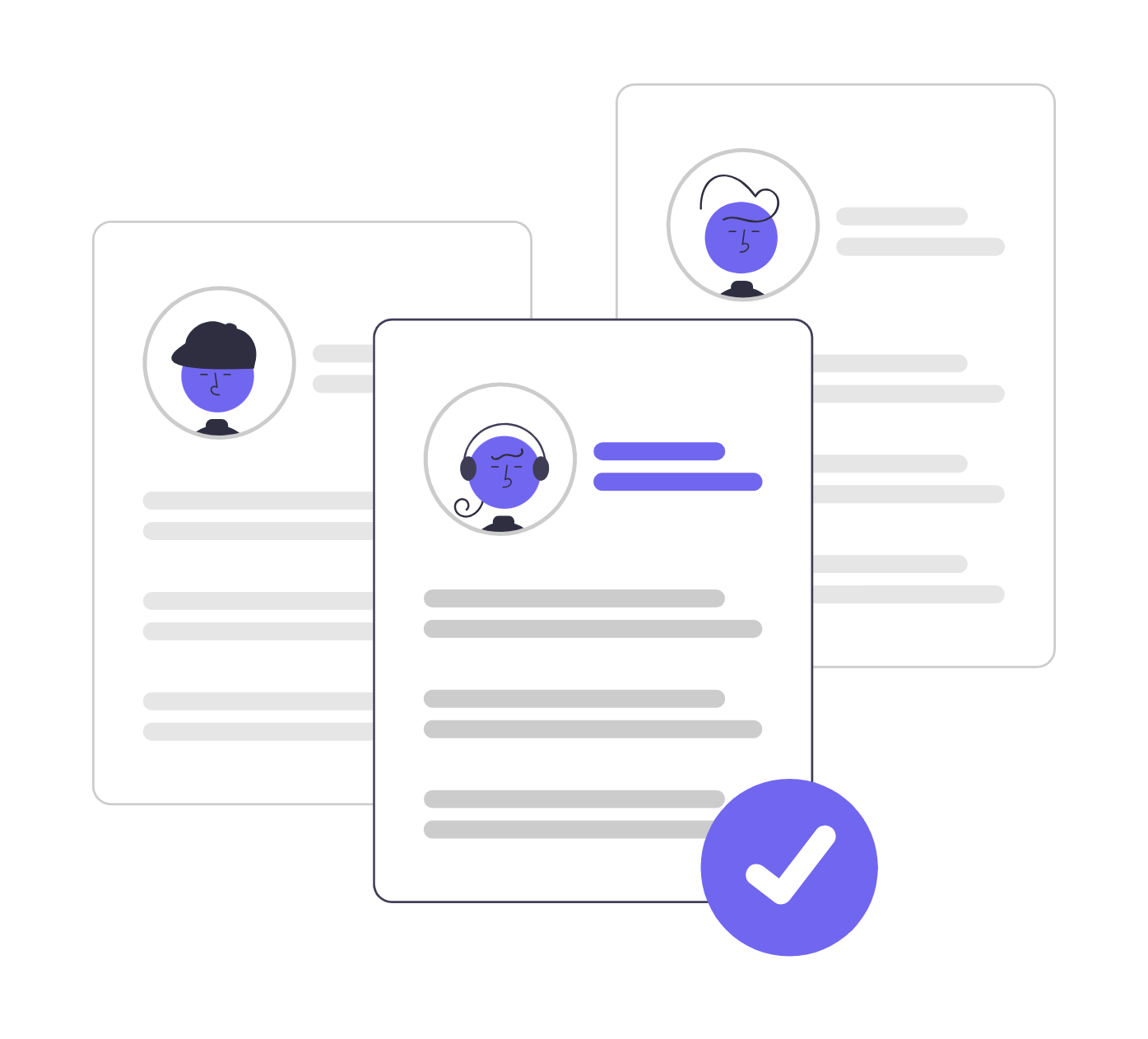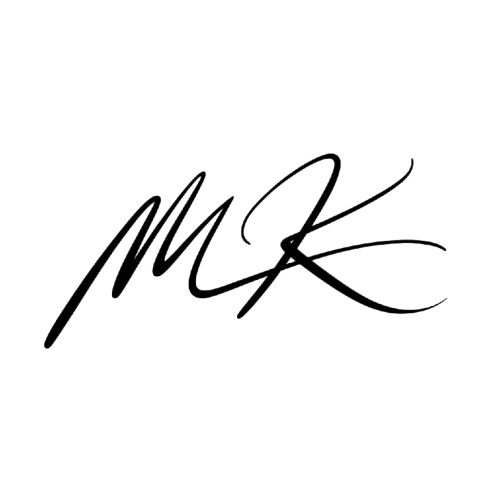Share
Hiring strategies are often shaped by outdated assumptions—none more common than the divide between blue-collar and white-collar recruitment. For decades, recruiters have used these categories to guide their sourcing tactics, candidate evaluations, and job requirements. But here’s the truth: the real challenge in hiring isn’t about shirt colors. It’s about how clearly a role is defined—and how well your hiring strategy reflects that.
In this post, we’ll break down the real differences between blue- and white-collar recruitment, the hidden challenges that trip up hiring teams, and why skills-based hiring is proving to be the most effective strategy for both.
1. Understanding the Basics: What Are Blue Collar and White Collar Jobs?
Blue-collar jobs typically involve hands-on or physical work in industries like construction, manufacturing, retail, logistics, and maintenance. These roles may or may not require formal education, but they often demand practical, job-specific skills. Think welders, electricians, factory workers, or delivery drivers.
White-collar jobs, by contrast, are typically office-based and involve knowledge work, administration, or professional services. These roles usually require degrees or certifications and emphasize cognitive skills, communication, and collaboration. Examples include software developers, accountants, analysts, and HR professionals.
Then there’s a middle category—grey-collar jobs—like technicians, construction managers, or police officers, which blend both physical and intellectual demands.
Bottom line: It’s not just about the type of work—it’s about how you attract, assess, and retain the right talent for the role.
2. Key Differences in How You Recruit for Each
A. Recruitment Channels: Where the Talent Lives
- Blue-collar hiring often taps into local networks, staffing agencies, job fairs, and word-of-mouth. Social media and mobile-friendly job platforms are growing in importance, especially for reaching younger candidates.
- White-collar recruitment relies heavily on digital tools like LinkedIn, Glassdoor, and niche professional networks. Headhunting and employee referrals are common for mid- to senior-level roles.
Easily administer one-click skill tests using workscreen. -This way you can Assess candidates based on real-world ability—not just credentials like résumés and past experience. This helps you hire more confidently and holistically.

B. Screening Process: Informal vs. Intensive
- Blue-collar roles usually have shorter hiring cycles, often including a phone screen, a quick interview, and sometimes a trial shift. Speed is critical—good candidates don’t stay available for long.
- White-collar hiring is often more formal and prolonged. Candidates may go through multiple interviews, technical assessments, and cultural fit evaluations. The average time-to-hire is about 42 days.
C. Expectations and Job Fit
- Blue-collar candidates may prioritize job stability, consistent hours, and fair pay.
- White-collar candidates often seek professional development, autonomy, and workplace culture.
Eliminate low-effort applicants—including those who use AI Tools to apply, copy-paste answers, or rely on "one-click apply." This way, you focus only on genuine, committed, and high-quality candidates—helping you avoid costly hiring mistakes

3. Hidden Challenges You Can’t Ignore
Blue Collar Hiring Hurdles
- Aging workforce: Many skilled tradespeople are nearing retirement, with fewer young workers entering the field.
- Retention issues: High turnover can undermine productivity and safety.
- Perception gap: Blue-collar jobs are often wrongly viewed as “less desirable,” making it harder to attract younger talent.
White Collar Hiring Struggles
- Skills mismatch: Despite impressive résumés, candidates may lack the real-world skills the job requires.
- Resume inflation: Candidates may look great on paper but underdeliver in practice.
- Over-complex hiring: Multiple rounds of interviews can delay decisions and frustrate top candidates.
4. The Smarter Lens: Defined vs. Undefined Roles
Here’s a powerful reframe: the complexity of hiring isn’t about blue vs. white—it’s about defined vs. undefined roles.
- Defined roles require specific credentials, licenses, or regulatory compliance (e.g., doctors, electricians, forklift operators). These roles are clearer to recruit for but have smaller talent pools and tighter rules.
- Undefined roles are more flexible in background and experience. There’s no single “path” to becoming a great salesperson or marketer. These roles require judgment calls on soft skills, culture fit, and potential.
Why this matters: The harder a role is to define, the harder it is to hire for—regardless of collar color. That’s where hiring strategies need to evolve.
5. Why Skills-Based Hiring Outperforms in Both Worlds
Skills-based hiring flips the script by focusing on what a candidate can do—not just what they say they’ve done.
Here’s how it changes the game:
- In blue-collar hiring: Practical assessments can verify hands-on ability and eliminate the need for lengthy credential checks. Candidates can prove their value without a résumé.
- In white-collar hiring: Aptitude tests, problem-solving scenarios, and soft skill evaluations reveal much more than a college degree ever could.
Strategic Benefits:
- Reduces bias by focusing on merit
- Broadens your talent pool to include unconventional candidates
- Improves retention by matching people to the right roles
- Cuts time-to-hire and reduces the risk of bad hires
Stat to know: 50% of white-collar hires are later found to lack the right skills—often because hiring focused on credentials over capability.
Quickly identify your most promising candidates. WorkScreen automatically evaluates, scores, and ranks applicants on a performance-based leaderboard—making it easy to spot top talent, save time, and make smarter, data-driven hiring decisions.

6. Final Takeaways: Build Smarter, Not Harder
If you want to win the hiring game today, forget the collar.
Instead, focus on:
- Clarity: Is the role defined or undefined?
- Speed: Are you moving fast enough to capture top talent?
- Fit: Are you assessing real-world skills and team compatibility?
- Bias: Are you hiring based on merit—or defaulting to degrees?
Whether you’re filling a coding role or a construction role, a data analyst or a diesel mechanic, the principles are the same: define what matters, test for what counts, and move with intention.
FAQ
Blue-collar jobs typically involve manual labor, skilled trades, or technical work—often in industries like construction, manufacturing, maintenance, or transportation. These roles usually require vocational training or apprenticeships rather than a college degree.
White-collar jobs, on the other hand, are usually office-based and involve managerial, administrative, or professional tasks in fields like finance, marketing, IT, and HR. These jobs often require a degree and involve less physical labor.
Whether blue-collar jobs are “better” depends on perspective and goals. Blue-collar jobs offer:
- Job security in essential industries like utilities, logistics, and infrastructure.
- Faster entry into the workforce without a college degree.
- Opportunities for entrepreneurship, especially in trades.
- High earning potential in skilled trades (e.g., electricians or plumbers can earn more than many white-collar roles).
That said, “better” is subjective—some people prioritize stability and hands-on work, while others may prefer desk-based careers with upward mobility.
Research shows mixed results, but many blue-collar workers report higher satisfaction due to:
- Clear work-life separation.
- Tangible, visible results from their efforts.
- Stronger job community or camaraderie.
However, white-collar workers often enjoy flexibility, benefits, and career progression. Ultimately, happiness depends on the individual’s values, working environment, autonomy, and sense of purpose.
- Labor shortages in skilled trades due to retiring workers and fewer young people entering the field.
- High turnover rates, especially in lower-paid roles.
- Limited digital access—many candidates aren’t active on traditional job boards, so reaching them requires different tactics.
White-collar recruitment often emphasizes:
- Credential verification (degrees, certifications).
- Cultural fit within office environments.
- Soft skills, such as communication, leadership, or collaboration.
Hiring cycles can be longer due to multiple interview rounds and higher expectations around background checks and references.
- Use mobile-optimized job postings and simple application processes.
- Advertise on industry-specific platforms, community boards, or even local radio.
- Offer clear benefits, shift flexibility, and transparent pay.
- Highlight training and growth opportunities—especially for younger applicants.

